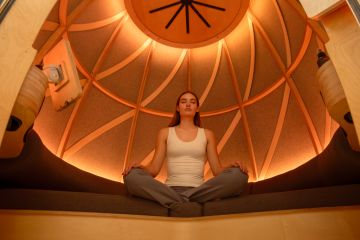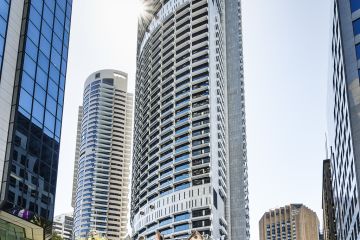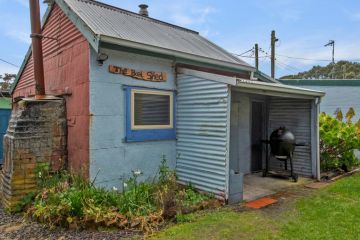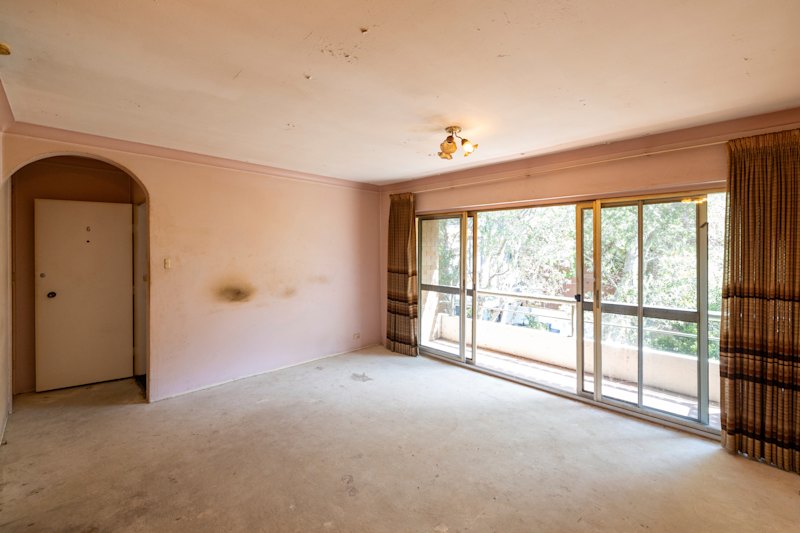We live in a shipping container: Inside Amy and Richard's unusual home
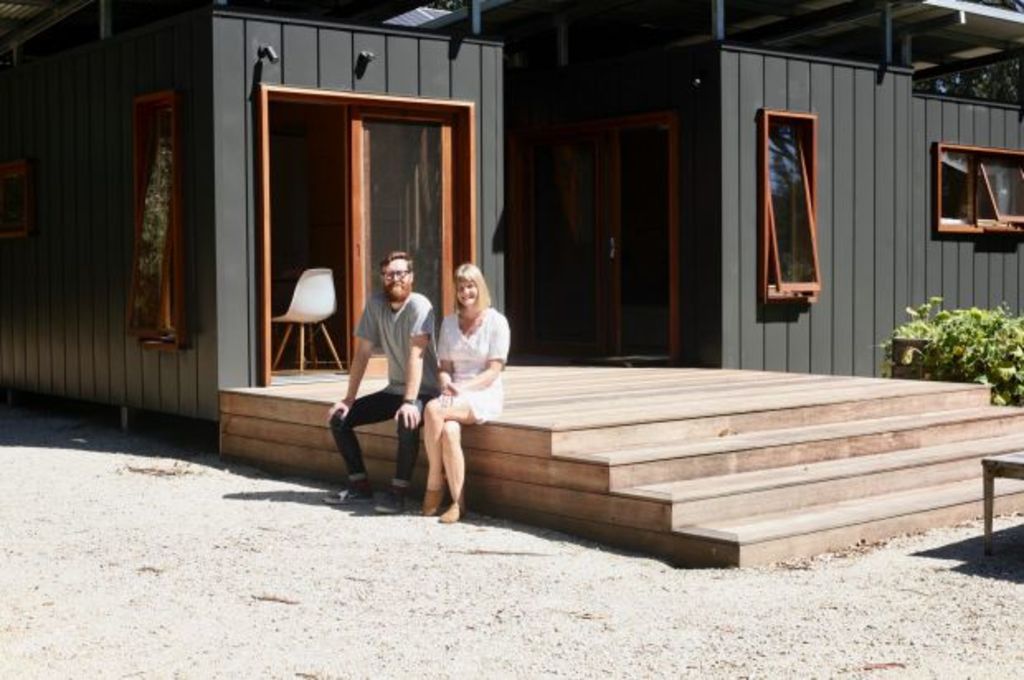
Like many young Australians, Amy Plant and Richard Vaughan had always dreamed of owning their own home. They didn’t, however, want to do it at the cost of their other dreams – namely continuing to travel the world, and perhaps moving overseas one day.
It was during a 2015 trip to London and Cornwall (Vaughan’s home) that the couple really started to rethink their idea of what a home should look like. They realised that if they minimised their belongings and made peace with living in a smaller space – like the Europeans – they would get more freedom in return.
“We definitely wanted something that was low-maintenance,” says Plant. “We saw a lot of friends who couldn’t do things, saying, ‘Oh, we’ve got to clean the house for a day’. We thought, we don’t want really to do that – we want to get out and enjoy life. We thought, small footprint home, it won’t take as long to clean, and also the cost – we didn’t want a high debt level going into having a family. And we love travelling so much that we didn’t want to change our lifestyle too greatly, but we still wanted to be homeowners.”
 Amy Plant and Richard Vaughan out the front of their shipping container home in Gippsland, Victoria.
Amy Plant and Richard Vaughan out the front of their shipping container home in Gippsland, Victoria.
With this in mind, Plant and Vaughan found a no-brainer solution: a 50-square metre converted shipping container home. The dwelling, which is situated on five acres of land on the Bass Coast in Victoria’s beautiful Gippsland region, comprises three shipping containers joined by floating links.
One link is home to a European laundry, while another houses their wardrobe. The structure features solar panels and windows that encourage cross-ventilation, so no artificial heating or cooling is required, and boasts a 7.1 star energy rating (meaning no energy bills). Instead of buying furniture, the couple worked with a local cabinetmaker to combine furniture with in-built storage.
“The best thing is just being able to live in an aesthetically beautiful home without it having cost the absolute world,” says Plant. “We love it and it’s very much individualised to our style.”
It helped that Plant and Vaughan were already working in the building industry – Vaughan is a carpenter studying Building Design, and Plant works in client liaison for her parents’ company. The concept was designed by Vaughan, and Plant’s mother Melissa. The couple worked on the home after hours and on weekends, and the project took just five months altogether. It cost approximately $145,000.
- Related: Tim and Jen’s life on Fitzroy Island
- Related: One couple’s life of adventure and travel
- Related: How one couple escaped the rat race
 The couple’s shipping container home cost approximately $145,000.
The couple’s shipping container home cost approximately $145,000.
Plant says that shipping container homes are fantastic for those who own a dream block of land, but don’t yet have the funds to build their dream home – especially since real estate in Melbourne and along the coastline is becoming increasingly difficult to afford.
Shipping container homes can act as a comfortable interim (or even permanent) dwelling, and the modular nature of them means they can be added onto very easily if need be. Owners also have the option of selling the home and keeping the land (or vice versa), meaning maximum freedom and flexibility.
For Vaughan and Plant, it was about getting away from some of our ingrained ideas of how to live, and not accepting that home-ownership has to mean a huge sacrifice to our quality of life.
“A lot of people do the normal tickboxes in life: you meet your partner, you get engaged, you get married, then buy your forever house,” says Plant. “I guess coming from moving around a lot as a kid – being a builder’s daughter – we never had forever homes. So my sentimental value of the forever home is a bit skewed. But we kind of thought, ‘Well, let’s just build for what we need’. Because we don’t know where we’ll end up. We didn’t really want owning a home to dictate everything.”
 Plant says shipping container homes can act as a comfortable interim to your dream home.
Plant says shipping container homes can act as a comfortable interim to your dream home.
And the couple’s venture is having a ripple effect on their community. Old friends have reconnected with them after being inspired by the project and Plant and Vaughan, in turn, have enjoyed educating others on how to undertake such a project. They are looking forward to seeing how their dwelling will “change the conversation” on what’s really necessary in a home, and how we can do things a little differently.
“There are more people that are wanting to make that simpler change,” says Plant. “There’s that quote about working for the house we can’t afford to impress people we don’t really like … It’s about just really being happy with the life that we have. And we love it. We’ve got a veggie garden and live by the coast. We spend so much time outdoors. And it’s really integrating that indoor-outdoor lifestyle that Australians do so well.”
We recommend
We thought you might like
States
Capital Cities
Capital Cities - Rentals
Popular Areas
Allhomes
More
- © 2025, CoStar Group Inc.
